November 28, 2016
Apparel Decorating Basic Terms and Techniques
Use this guide to better understand everything from debossing to trapunto.
Pop quiz: What’s the difference between screen printing and embroidery? How about debossing and embossing? And what’s the best fabric for laser appliqué?
If you’re not so sure about your answers, you’re like many distributors. You might know promotional products inside and out, but decoration styles and techniques can be tricky to understand and explain to clients.
>>What to Know Before Hiring An Apparel Decorator
But even though decoration is a challenging concept, you still need to grasp certain basics. For example, what if a customer sees a cool, large imprint on a T-shirt and wants you to replicate it on a leather bag? Good luck with that. Often, designs, sizes and techniques don’t translate between materials. If you know this at the outset, you’ll be able to explain it to a customer and offer alternatives. If you don’t and you accept an impossible job, you’ll be disappointing a customer at best, and at worst, you’ll lose significant future business.
“You have to look at the product, the application, the logo and the use of the product to determine which method suits it best,” says Andy Shuman, general manager at Rockland Embroidery.
As you think about ways you can improve as a sales rep in 2017, resolve to learn more about apparel decoration. Looking for a starting point? You’ve found it. Here we list and detail 12 apparel decoration terms, complete with info on what they mean, how they’re used, and what fabrics they best match up with.
Cut-Vinyl Decorating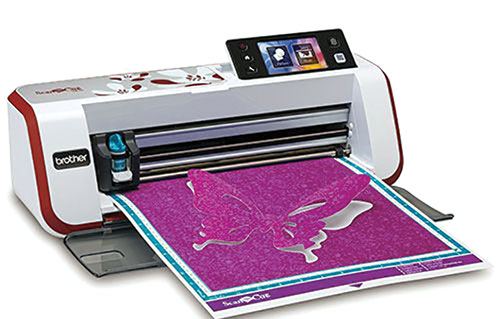
For a printing-free option, try cut-vinyl decorating. The process takes a vector image and runs it through a vinyl cutter, which cuts the outline onto various options of vinyl material. Excess vinyl is removed, and the image is pressed onto the garment.
Artwork is an important consideration with cut-vinyl decorating. If the image is too detailed or the lines in the art are too thin, it won’t be a good candidate for this type of decoration. Luckily, the material itself can make up for any flair lost – this process works well with glitter, glow-in-the-dark or other spunky vinyl options.
Debossing
This type of decoration is popular in leather apparel. It works by pressing a cut dye into the surface of a material to create an imprint of the design. The process is similar to embossing, except with embossing, the image is raised on the fabric – with debossing, it’s depressed into the fabric.
Debossing can also be done in conjunction with other types of decoration. A garment can be screen printed, and then that image debossed. Or, the design could be foil-stamped onto the fabric, and then debossed. Overall, it’s not as complicated as embossing, and can create a completely unique and colorful effect.
Direct-to-Garment (DTG) 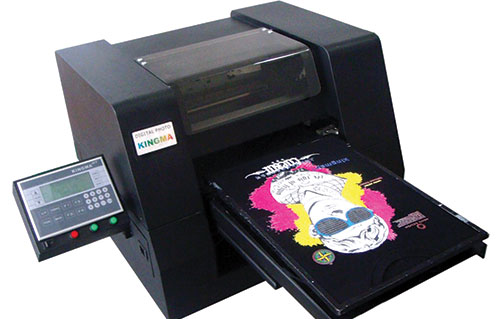
DTG printing uses inkjet technology to print a design right onto the garment, with high resolution (about 1,440 dpi) and no halftone dot or image quality lost. Decoration expert Scott Fresener, director of T-Biz Network International, brought the first commercial DTG printer to the market in 2004, and he also developed the first white ink for the process.
“I have a small brick-and-mortar print shop as one of my side businesses, and frankly, we use DTG every day,” he says. “We have a number of customers who want high-quality photorealistic images that they can buy in quantities of a few dozen, and DTG is the only way to do this. You simply can’t beat the quality. DTG has matured, and I don’t think a screen printer can live without it.”
Marshall Atkinson, owner of decorated apparel-focused Atkinson Consulting, prefers DTG printing as well, specifically on T-shirts. “I’m a design guy, and I like the fact that you can print an unlimited number of colors without any halftones,” he says. “This opens up so many more creative ways to decorate a shirt than just breaking down images into two or three colors only. For the right circumstance, this type of design and print work can really make a lot of sense.”
Dye Sublimation
This decoration style is limited in use, as it can generally only be done on 100% polyester garments. It’s a type of printing that uses heat-sensitive inks – under high temperatures, the ink turns to gas and bonds with the fabric, becoming part of the physical structure of the garment. Lizabeth Hathaway, creative manager at Penn Emblem Company (asi/77120), says that dye sublimation is quickly becoming one of her favorite decorating processes.
“It is a durable, digital print method that won’t bleed, run, fade or crack over time,” she says. “With dye sublimation, there is no time wasted on drying, as there is with screen printing. A dye-sublimation graphic print can capture photographic quality in clean, crisp, clear details with millions of colors, in a way that conventional screen printing cannot.”
Embroidery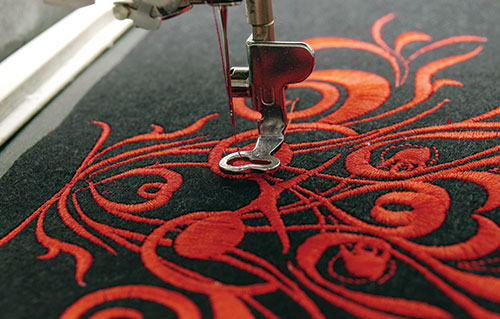
Though now modernized with high-speed, multi-head computerized embroidery machines, this decoration style has its roots as far back as ancient Egypt, when it was all done by hand. Essentially, embroidery is decorative stitching (though typically without letters) used to create a raised, ornamental design on a garment with different types and colors of thread.
As early as the Middle Ages, professional embroiderers associations and guilds were taking members in Europe. Even before that, people were drilling holes through shells and animal hides to stitch with elaborate embroidery that told of wealth and status in local communities.
Heat Transfer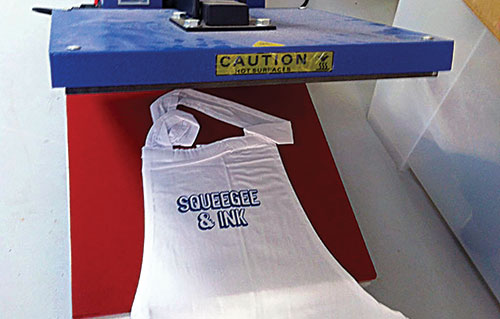
Like dye sublimation, heat-transfer decorating is achieved with high temperatures pressing onto a garment – though with this process, the printing is done on a transfer material that has heat-activated adhesive on one side. Once the design is printed, it goes into a heat press with the garment, and the high temperature activates the adhesive.
Laser Appliqué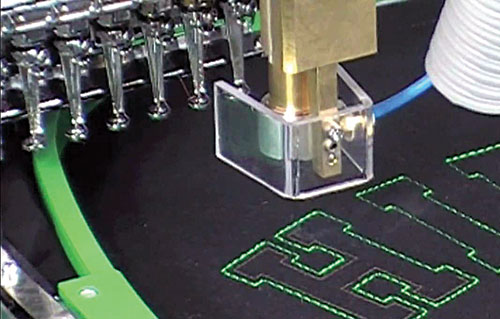
With speed, flexibility and precision, laser cutting is able to create design-specific appliqués in a short period of time. All you’ll need is a digital design file, which will communicate to the laser cutter like it’s a printer. Then, a laser will do a controlled burn of the fabric, searing the edges where the material should be cut. As a bonus, if you’re cutting multiple appliqués at once, they can be organized to waste as little fabric as possible.
Fabric choice can be important here – twill is among the best because it won’t burn or discolor, but anything with cotton batting in it might catch fire from the heat. Otherwise, both natural and synthetic materials can be used, including leather.
Photo Stitch Designs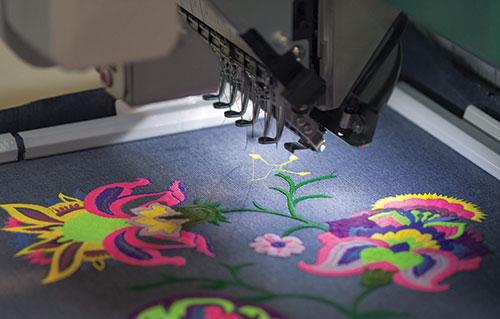
Photo stitch is an embroidery technique where the decorator scans a photo, inputs it into digitizing software and then “prints” it to an embroidery machine. The stitches with this technique are usually quite dense, so it’s important to choose a fabric that can handle the tension. Photo stitch can be used to create almost any design, allowing for multiple colors as well. The finished piece looks less like traditional embroidery and more like a painting or drawing.
Reverse Appliqué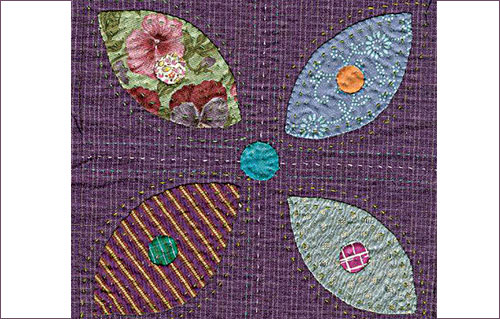
Think of this as the opposite of traditional appliqué. Instead of putting a patch or design on top of the fabric, it’s placed beneath the material. Then the fabric above the appliqué is cut away, leaving a multi-dimensional appearance with the appliqué showing through.
Screen Printing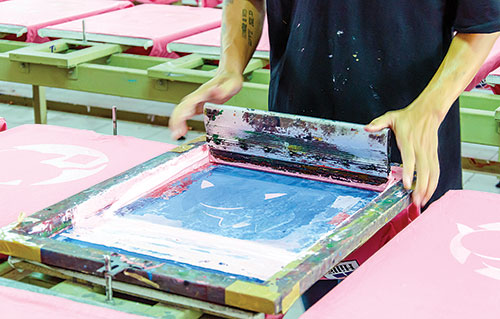
With screen printing, an image is separated into a series of single-color designs. A mesh screen is placed over the fabric, and one color of ink is pulled down across the screen, allowing the ink to seep through onto the material in locations dictated by the design. Each color gets a new screen and the process is repeated. Screen printing can be a challenge for multicolor designs – it’s imperative that all the screens are lined up at the right spot, otherwise one layer will be in the wrong place and the whole image will be ruined.
Screen printing is another decorating style with a long history. The earliest recognizable form of it appeared during the Song Dynasty in China, from 960 to 1279 AD. From there, the technique made its way to Japan, and eventually to Europe in the 1700s, though it didn’t become widely popular until 1907. That’s when Englishman Samuel Simon patented the technique for use on wallpaper, silk and linen sold to the upper crust of society.
Tackle Twill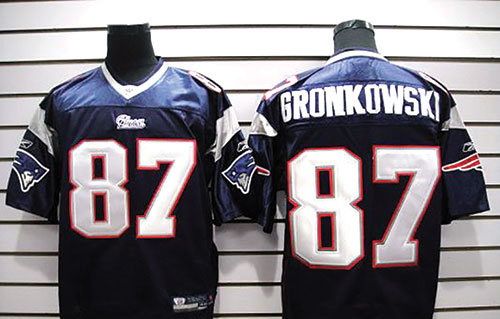
A popular style for sports jerseys, tackle twill is a type of decoration where designs are cut from twill fabric and stuck to the surface of another fabric with adhesive as an appliqué. A zigzag stitch around the design edge keeps it in place. This is a good alternative for traditional embroidery because of the low stitch count.
Trapunto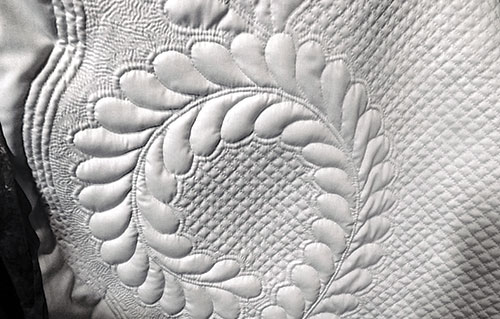
According to Embroidery Design Studio, trapunto – a type of embroidery characterized by a 3-D look – dates back to 13th century Italy, when it was used on coverlets that didn’t need to be too heavy. The process involves creating a pocket between the fabric and backing of the embroidery design and stuffing it with some kind of filling to create a raised fabric effect.
The original trapunto designs were greenery – vines, leaves and different types of fruit – and the process was widely used on blankets, quilts, wall hangings and clothing. More modern applications can be found on all manner of apparel; the process even made it to Hollywood and was used on the Star Fleet uniform collars in Star Trek II: The Wrath of Khan.
Jennifer Billock is a contributing writer for Advantages.

Product Hub
Find the latest in quality products, must-know trends and fresh ideas for upcoming end-buyer campaigns.
